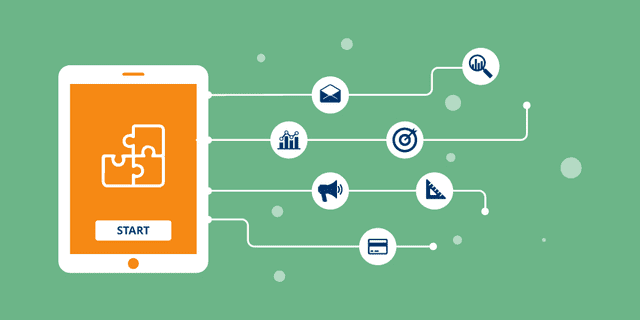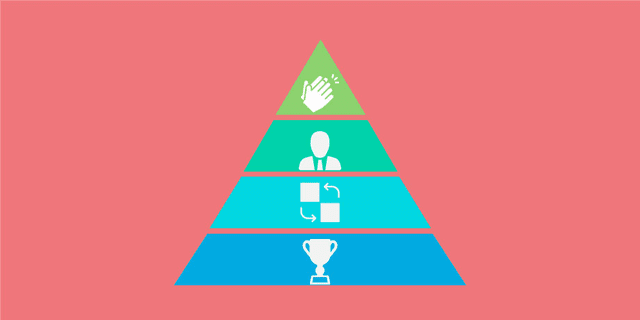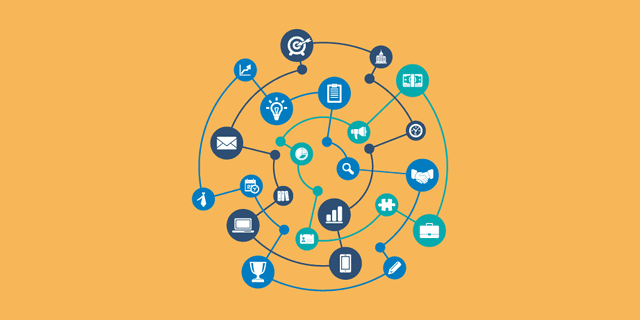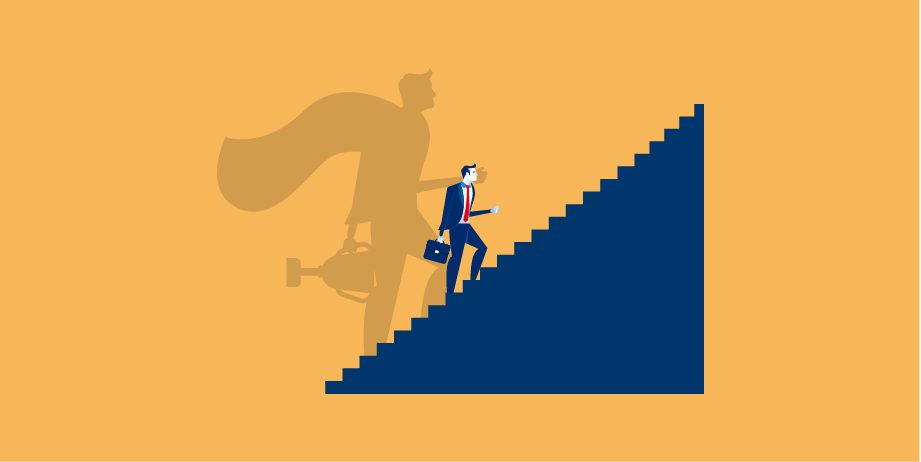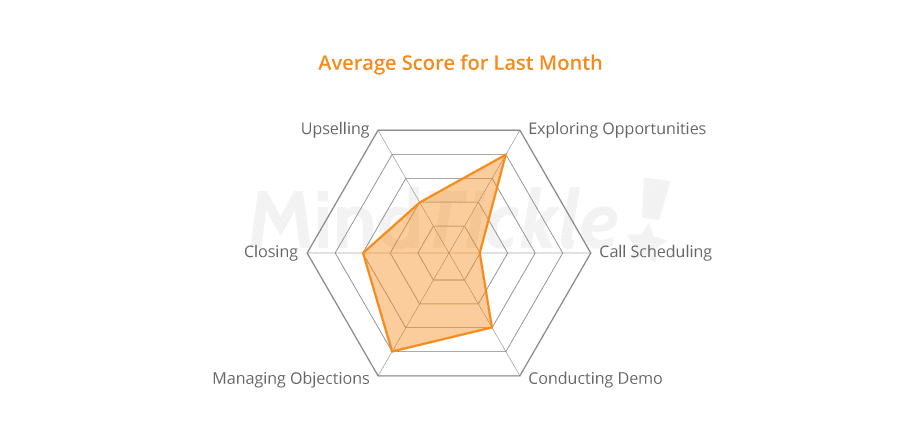Leverage Gamification in Sales Training and Coaching
It used to be that training and coaching were time-consuming and infrequent. As a result, less knowledge was retained, skill development was slow and behavioral change with minimal. Now, companies are getting great results by using gamification. Gamification is the application of the look and feel of games to engage people, motivate action, and promote learning.
According to Gartner’s Brian Burke, gamification has proven to be very successful in engaging people and motivating them to change behaviors, develop skills, or solve problems. If you’re wondering how to take advantage of this popular trend, here are some ways to leverage gamification in sales training and coaching programs at your organization.
Get them started with a familiar experience
Many people in today’s sales forces are Gen X and Y. They’ve been playing video games as they’ve grown up. This makes it easy to get them involved in learning when gamification is employed. Introduce the idea of simply getting through one learning module (or “level”) at a time before moving to the next. Rewards at the completion of the first level with points or digital badges reps can accumulate and display to coworkers. The sooner they see progress, the more motivated they’ll be to participate further.
Encourage competition
Although individual employees may be working toward individual goals, badges and points can be used to display levels of accomplishment. Post them on a dashboard or leaderboard that is accessible company-wide, office-wide or team-wide. This will register as a method of recognition too.
Identify SMEs or go-to resources
Gamification allows managers to identify who knows the most about a given topic, or who’s best at a particular skill, based on metrics. This helps identify team members who are becoming subject matter experts or excellent resources for others on the team. This may be used to facilitate rewards to officially acknowledge key accomplishments.
Motivate them to learn more skills
Rewards at the completion of one step or competency, inspire reps to move on to the next one. Elements of gamification incorporated in learning initiatives emphasize achievements and recognize them. People want to gain skills when they go through training but it’s better when others know about it.
Break learning into bite-sized segments
A complicated process, topic, or goal may seem insurmountable when approached through traditional training methods. Gamification can eliminate potential intimidation by breaking the subject down into small segments. This helps the rep focus on bite-sized amounts of information per lesson and makes complex learning more fun and engaging. Plus, as research has shown, small frequent sessions are more successful at facilitating the absorption and retention of knowledge or skills, than lengthy, infrequent ones.
Make deadlines fun
Work schedules are often packed with deadlines and activities. Gamification makes deadlines feel like fun. Instead of telling reps that they must have certain modules completed by a certain date, why not set up a competition around who can accumulate the most points by that date. You can still give them a due date and make it enjoyable in the process.
Gameplay
Incorporate short, engaging sessions that are timed or defined by the total number of questions. Quizzes that are converted into games at the end of modules, allow the measurement and reinforcement of knowledge while being engaging and entertaining. In fact, a study by the University of Colorado revealed that games improve knowledge and skill learning while increasing retention rates by 9%.
Scenario-based learning
Introduce new knowledge and skills in simulations of real-life scenarios followed by the participant recording themselves practicing using that same knowledge or skill. This allows coaches to provide timely feedback. These simulations make it easier for reps to apply what they learn without needing to adapt it to actual situations on the job. This method of gamification is not only practical but engages the team member immediately.
Capture and analyze data routinely
The data collected from all these games allows coaches to gain valuable insights. It facilitates the identification of individual coaching requirements and the provision of important feedback without the need to meet in an office. This way coaching easily fits into busy day-to-day schedules and progress continues.
Social elements
Including a news feed to share updates, recognize team members’ accomplishments, and more adds a social element to training and coaching. It promotes open communication between reps, allowing them to cheer each other on. This further increases program participation, engagement, and results.
Start to leverage gamification in sales training and coaching at your organization. These elements stimulate friendly competition, encourage a spirit of achievement, keep users engaged, and drive behavioral change. The game feels also motivates participants to continually advance, so you see ongoing growth and improvement. Now, isn’t that the result you’re seeking?

